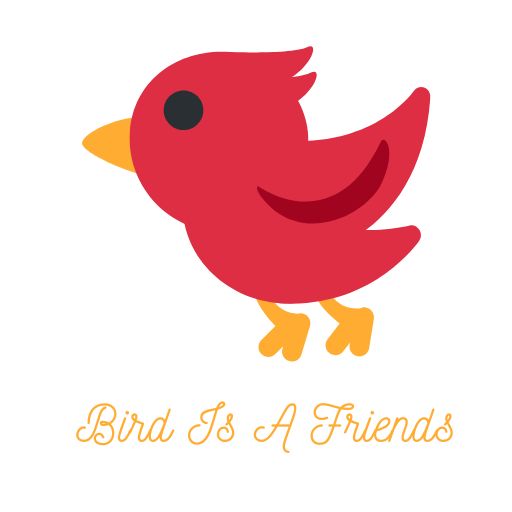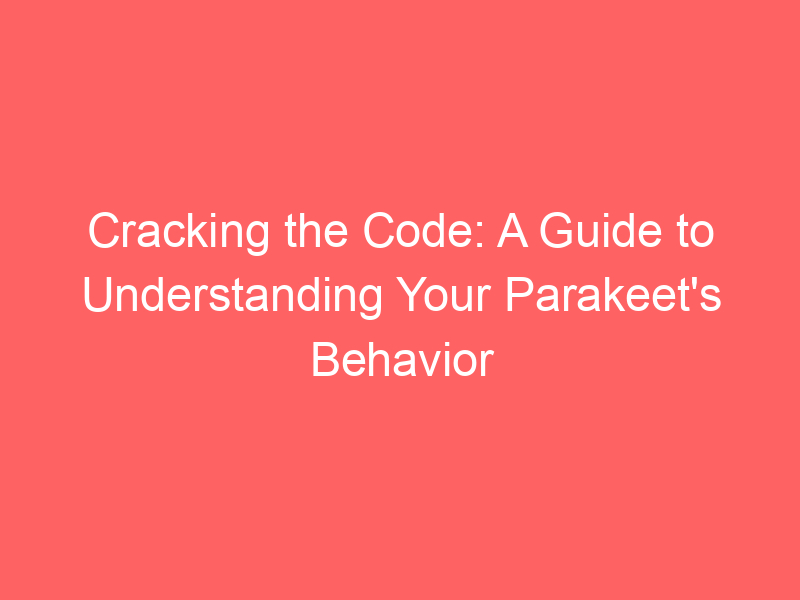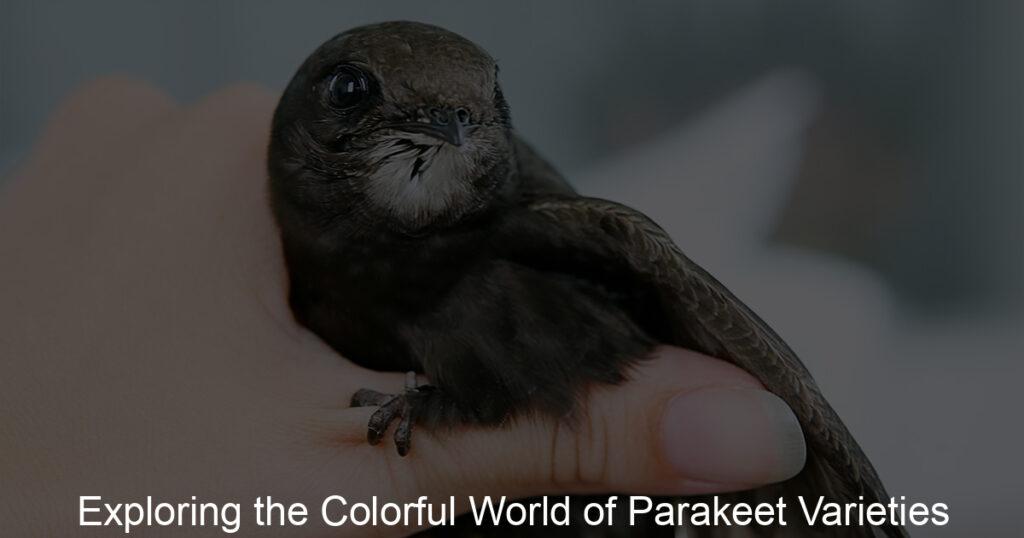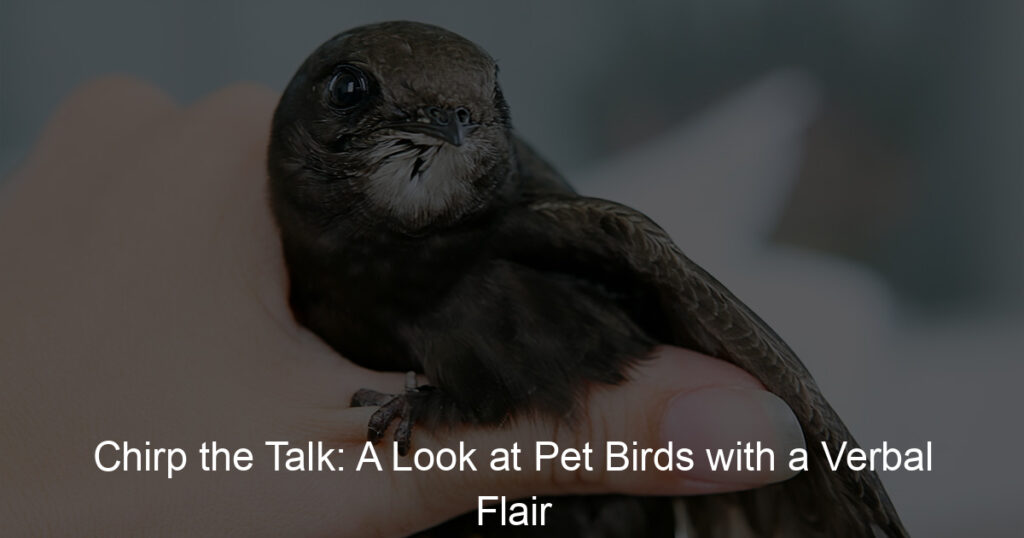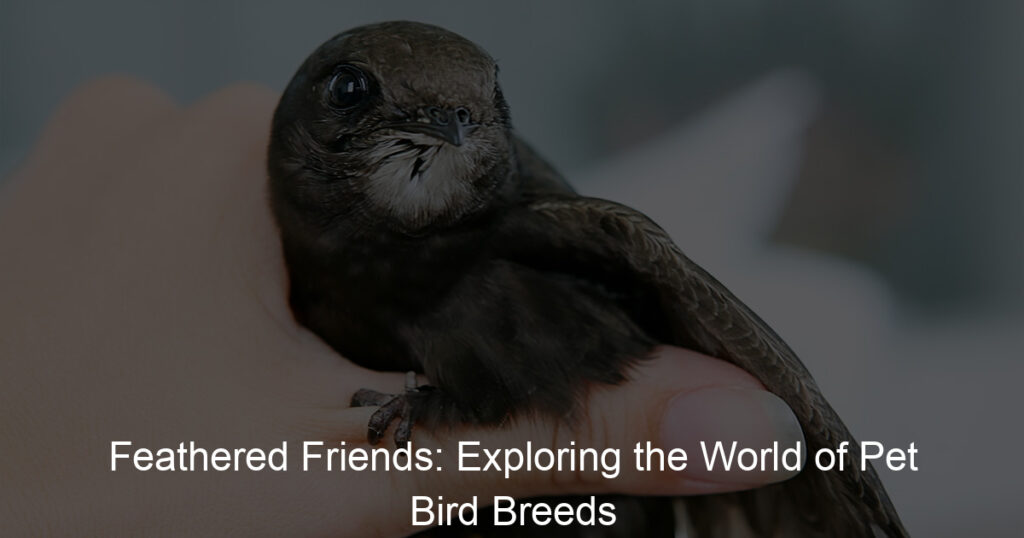
Introduction to Parakeet Behavior
Welcome to our comprehensive guide on understanding parakeet behavior. Parakeets, also known as budgies, are fascinating creatures with a rich and complex language of their own. In this section, we will delve into the intriguing world of bird behavior, bird language, and specifically, parakeet communication.
-
Understanding Bird Behavior
Before we can understand parakeets, we must first understand bird behavior in general. Birds are highly intelligent creatures with a wide range of behaviors. They use these behaviors to communicate, find food, and protect themselves. For example, a bird may fluff its feathers to keep warm or to show aggression. By observing and understanding these behaviors, we can gain a deeper appreciation for these incredible creatures.
-
Decoding Bird Language
Just like humans, birds have their own language. They use a combination of sounds, body language, and behaviors to communicate with each other. For example, a bird may chirp loudly to warn others of danger, or it may bob its head to show excitement. Decoding this language can be a fun and rewarding experience, allowing us to better understand and interact with our feathered friends.
-
Parakeet Communication
Parakeets are known for their lively and social nature. They are capable of a wide range of sounds and behaviors, each with its own unique meaning. For example, a parakeet may chirp happily when it’s content, or it may screech loudly when it’s upset. Understanding these signals can help us provide better care for our parakeets, and deepen our bond with them.
In the following sections, we will delve deeper into each of these topics, providing you with the knowledge and tools you need to understand your parakeet’s behavior. So, let’s embark on this exciting journey of discovery together!
Understanding Your Parakeet
Parakeets, also known as budgies, are fascinating creatures with unique behaviors and routines. Understanding these behaviors can help you form a stronger bond with your feathered friend. Let’s delve into the world of parakeet behavior patterns.
Parakeet Behavior Patterns
Parakeets exhibit a variety of behaviors that can tell us a lot about their mood, health, and overall well-being. Here are two key areas to focus on:
- Observing Daily Routines
- Identifying Common Behaviors
Parakeets are creatures of habit. They have daily routines that they stick to, such as preening, feeding, and playing. Observing these routines can give you insights into their normal behavior and alert you to any changes that might indicate a problem.
Parakeets display a range of common behaviors. For example, they often bob their heads to show excitement or flap their wings to get your attention. Understanding these behaviors can help you communicate more effectively with your parakeet.
By observing your parakeet’s daily routines and identifying their common behaviors, you can gain a deeper understanding of your bird. This knowledge can help you provide better care for your parakeet and enhance your bond with them.
Remember, every parakeet is unique. What works for one might not work for another. The key is to spend time with your bird, observe their behaviors, and learn to understand their unique personality and needs.
Stay tuned for more insights into interpreting bird behavior in the next section.
Interpreting Bird Behavior
Understanding your parakeet goes beyond just observing their daily routines and identifying their common behaviors. It also involves interpreting their behavior, which can be done by understanding their body language and recognizing their vocalizations.
- Understanding Body Language
Parakeets, like many other birds, use their bodies to communicate. They express their feelings and intentions through various movements and postures. For instance, when a parakeet fluffs up its feathers, it could mean that it’s feeling relaxed or trying to keep warm. On the other hand, if your bird is standing on one leg, it’s likely feeling comfortable and safe in its environment.
Understanding these subtle signs can help you better understand your parakeet’s needs and emotions. However, remember that each bird is unique, and what may be true for one may not be the same for another.
- Recognizing Vocalizations
Parakeets are known for their vocal abilities. They use a variety of sounds to communicate with their human companions and with other birds. Some common sounds you might hear include chirping, squawking, and singing.
Chirping is usually a sign of contentment. If your parakeet is chirping softly while moving around its cage, it’s probably happy. Squawking, on the other hand, can indicate distress or annoyance. If your bird is squawking loudly, it may be scared or upset.
By paying attention to these vocalizations, you can gain a better understanding of your parakeet’s mood and needs. This can help you provide the best care for your feathered friend.
Interpreting bird behavior can be a fascinating and rewarding experience. By understanding body language and recognizing vocalizations, you can develop a deeper bond with your parakeet and ensure its well-being.
Bird Behavior Analysis
Understanding the behavior of birds, particularly parakeets, can be a fascinating and rewarding endeavor. To do this effectively, we need to observe, analyze, and apply our findings to improve their care. Let’s delve into a case study that will shed more light on this topic.
Case Study: Understanding Your Parakeet’s Behavior
Parakeets, also known as budgies, are known for their vibrant personalities and complex behaviors. In this case study, we will explore the process of understanding a parakeet’s behavior through observation, analysis, and application of findings.
- Observation and Recording
- Analysis and Interpretation
- Applying Findings to Improve Care
Observation is the first step in understanding your parakeet’s behavior. Spend time watching your bird and take note of its actions, sounds, and interactions. Record these observations in a journal for future reference. For example, you might notice your parakeet chirping more loudly when you enter the room, indicating excitement or attention-seeking behavior.
After recording your observations, the next step is to analyze and interpret the data. Look for patterns in your parakeet’s behavior. For instance, if your parakeet fluffs up its feathers and tucks its head under its wing, it’s likely feeling relaxed and ready for sleep. On the other hand, a parakeet that’s bobbing its head might be trying to get your attention or show dominance.
Once you’ve analyzed and interpreted your parakeet’s behavior, you can use these insights to improve its care. For example, if you notice your parakeet is more active in the morning, you might schedule playtime or training sessions during this period. Understanding your parakeet’s behavior can help you create a more comfortable and stimulating environment for your feathered friend.
By observing, analyzing, and applying our findings, we can better understand our parakeets and provide them with the best care possible. Remember, every bird is unique, so it’s important to spend time getting to know your individual parakeet’s personality and preferences.
Decoding Bird Language
Understanding bird language, specifically parakeet sounds, can be a fascinating and rewarding experience. It’s like learning a new language, but instead of words, we’re decoding chirps, squawks, and chatter. Let’s dive into the common sounds parakeets make and what they mean.
Common Parakeet Sounds and Their Meanings
Parakeets are known for their vocal abilities. They use a variety of sounds to communicate their feelings, needs, and observations. Here are three common parakeet sounds and their meanings:
- Chirping and Singing
- Squawking and Screaming
- Chattering and Talking
Chirping and singing are the most common sounds you’ll hear from a parakeet. These sounds are usually a sign of a happy, content bird. If your parakeet is chirping or singing, it’s likely that they’re feeling safe and secure in their environment.
Squawking and screaming are typically signs of distress or fear in parakeets. If your parakeet is making these sounds, it’s important to check on them and ensure they’re not in any immediate danger. However, keep in mind that some parakeets may squawk or scream when they’re excited or want attention.
Parakeets are known for their ability to mimic human speech, which is often referred to as chattering or talking. If your parakeet is chattering or talking, it’s likely they’re trying to communicate with you or they’re practicing the sounds they’ve learned.
Remember, each parakeet is unique and may use sounds differently. The key to decoding bird language is patience and observation. Over time, you’ll start to understand your parakeet’s unique language and deepen your bond with your feathered friend.
Key Takeaways: Understanding Parakeet Behavior
As we delve into the fascinating world of parakeets, it’s essential to grasp the importance of understanding their behavior. By observing and interpreting their actions, we can significantly improve their wellbeing. Here are the key takeaways from our discussion:
- Importance of Understanding Bird Behavior
- How to Observe and Interpret Parakeet Behavior
- Applying Knowledge to Improve Your Parakeet’s Wellbeing
Understanding bird behavior is not just about satisfying our curiosity. It’s about ensuring the health and happiness of our feathered friends. Birds, like parakeets, communicate their needs and feelings through their behavior. If we can understand their signals, we can provide them with a better environment and respond to their needs promptly.
Observing parakeet behavior involves paying attention to their vocalizations, body language, and interactions with their environment. For example, a happy parakeet might chirp and sing, while a stressed one might exhibit feather plucking. Interpreting these behaviors correctly can help us understand our parakeet’s emotional state and take appropriate actions.
Once we understand our parakeet’s behavior, we can use this knowledge to improve their wellbeing. This could mean adjusting their diet, modifying their habitat, or providing more mental stimulation. By doing so, we can ensure that our parakeets live a long, healthy, and happy life.
In conclusion, understanding parakeet behavior is a crucial aspect of pet ownership. It allows us to provide the best care possible for our feathered friends. Remember, a happy parakeet is a healthy parakeet!
Additional Resources for Bird Behavior Guide
Understanding bird behavior, particularly that of parakeets, can be a fascinating journey. To help you delve deeper into this subject, we have compiled a list of additional resources. These resources include recommended books, online platforms, and community forums that can provide you with a wealth of information and insights into bird behavior.
- Recommended books on bird behavior: Books are a great way to gain in-depth knowledge about bird behavior. Some of the top recommended books include ‘The Genius of Birds’ by Jennifer Ackerman, ‘Birds: A Guide to the Most Familiar American Birds’ by Herbert S. Zim and Ira N. Gabrielson, and ‘Bird Behavior’ by Robert Burton. These books offer comprehensive insights into the world of birds, their behaviors, and their communication methods.
- Online resources for further learning: The internet is a vast resource for learning about bird behavior. Websites like the Cornell Lab of Ornithology, BirdWatching, and All About Birds offer articles, videos, and interactive tools to help you understand bird behavior better. They cover a wide range of topics, from bird songs and calls to migration patterns and feeding habits.
- Community forums for bird owners: Joining a community of bird owners can be incredibly beneficial. Forums like Avian Avenue, BirdForum, and Talk Parrots provide a platform for bird owners to share their experiences, ask questions, and learn from each other. These communities are filled with experienced bird owners who can offer advice and tips on understanding and caring for your bird.
By utilizing these resources, you can enhance your understanding of bird behavior and build a stronger bond with your feathered friend. Remember, every bird is unique, and understanding their behavior takes time and patience. Happy bird watching!
